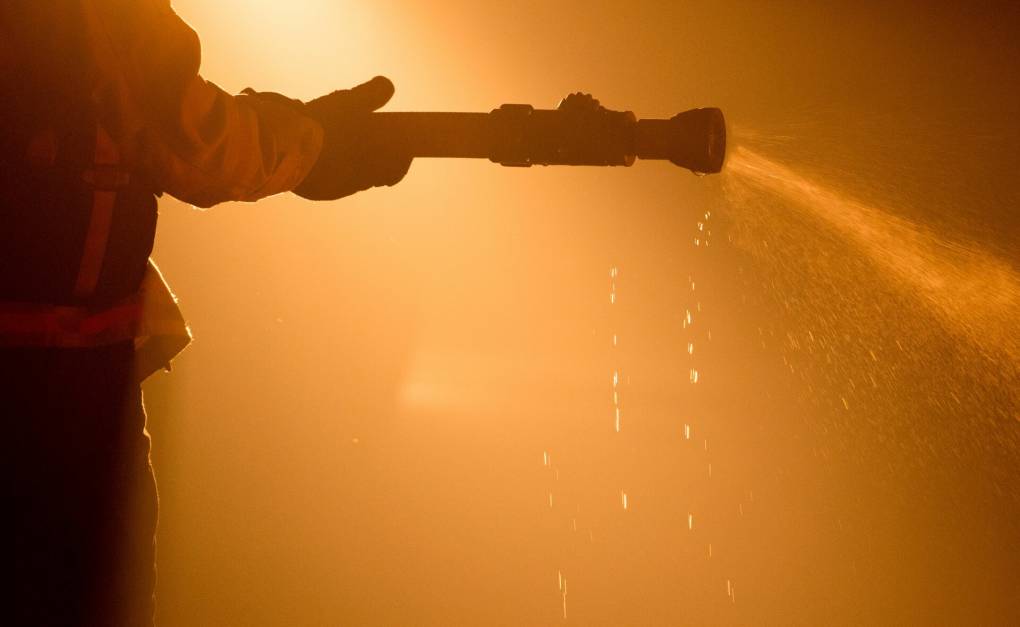S
ylvie Fraley describes the home she lived in with her mother and younger sister in the Santa Cruz Mountains community of Bonny Doon as “incredibly unique.” Her mom, Leigh-Anne Lehrman said “it was built by hippies, for sure.” Not only was it a beautiful home, but it had become a community gathering space — the place every high school after-prom party was hosted, every graduation, and every birthday, even special occasions for those outside their family.
On the night of Aug. 15, 2020, the power went out at Fraley’s home as rare lightning storms approached. Then 18 years old, she was home with her younger sister while her mom stayed in Woodside undergoing cancer treatment. Fraley, bored without electricity, busied herself by walking through the house collecting items, just in case they would need to leave — if the lightning storms ignited a fire.
“The only reason we took anything was because I was bored and had nothing else to do except to walk through the house and put stuff in a trash bag,” she said.
The family is familiar with fire — in 2017, Fraley’s grandfather lost his North Bay home in the deadly and massively destructive Tubbs Fire. Still, when Fraley and her sister left in the early hours of Aug. 16, after her mom sent a neighbor to look for them, they fully expected to return.
By the time many people woke up on Aug. 16, the widespread lightning storms had ignited numerous fires in and around the Santa Cruz Mountains, blazes that would later become known as the CZU Lightning Complex fires. In a March 2021 community meeting, Cal Fire said the CZU fires were the largest in the recorded history of Santa Cruz County. They killed one person, forced the evacuation of over 77,000 people in Santa Cruz and San Mateo counties and destroyed 911 homes.






